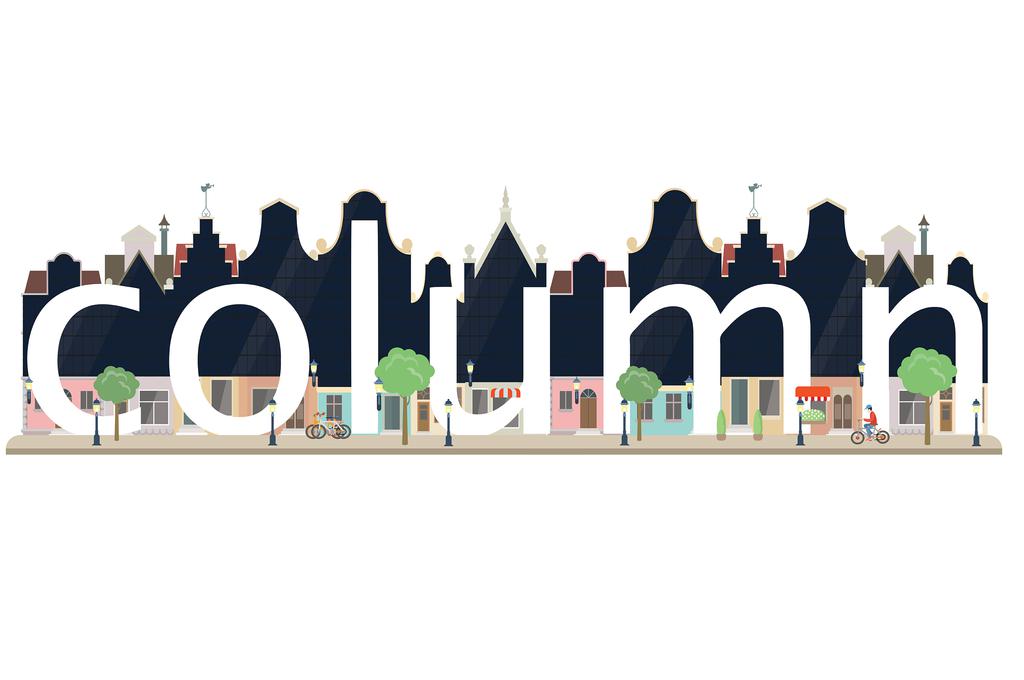If there had already been blogs in the Middle Ages, the townspeople would probably have complained about all the new-fangled brick buildings in their town. After all, up until then wood had been the standard. Great city fires led to the demand for stone partitions and eventually all-brick buildings, such as our illustrious canal houses. With this the city colours along with social regulations and technical developments.
Will our current focus on sustainability result in wooden cities again? It’s supposed to be 'green', but for the time being the regulations seem to be steering more towards a 'black' city as they lead to facades full of solar panels. Since January 1, stricter standards require a lot of energy generation on each project's own lot. Energy neutrality or even 0-on-the-meter cannot be achieved with better performing buildings, CHP installations and heat pumps alone; solar panels add up to the whole.
Large utility buildings on small inner-city plots do not have enough roof space to achieve this. To combat heat stress and promote biodiversity and water retention, parcel passports often require half the surface area to be covered by a polder roof with green plants. This also displaces solar panels from the roof to the facade.
Although they can be incorporated neatly and aesthetically, all those black panels will have a considerable visual impact on the city. Manufacturers are already developing solar panels with colour or even patterns of climbing plants, but is there really a robust and sustainable solution in this?
The yield of panels in a vertical plane is significantly lower than that of panels on a horizontal roof. Also, the lifespan of solar panels is considerably shorter than that of the average facade in which they are installed; how detachable, maintainable and adaptable does this make these facades in the long run? We also know from the Environmental Performance of Buildings (EPBD) survey that the hybrid fusion of materials in a solar panel scores poorly in terms of environmental impact.
Ultimately, it may seem wiser, both practically and aesthetically, to solve the energy question not in a fragmented way per plot but more integrally at district or city level, with sensible contributions from the individual buildings.
Ronald Schleurholts, architect-partner cepezed
Cobouw, March 19th, 2020
the black city
